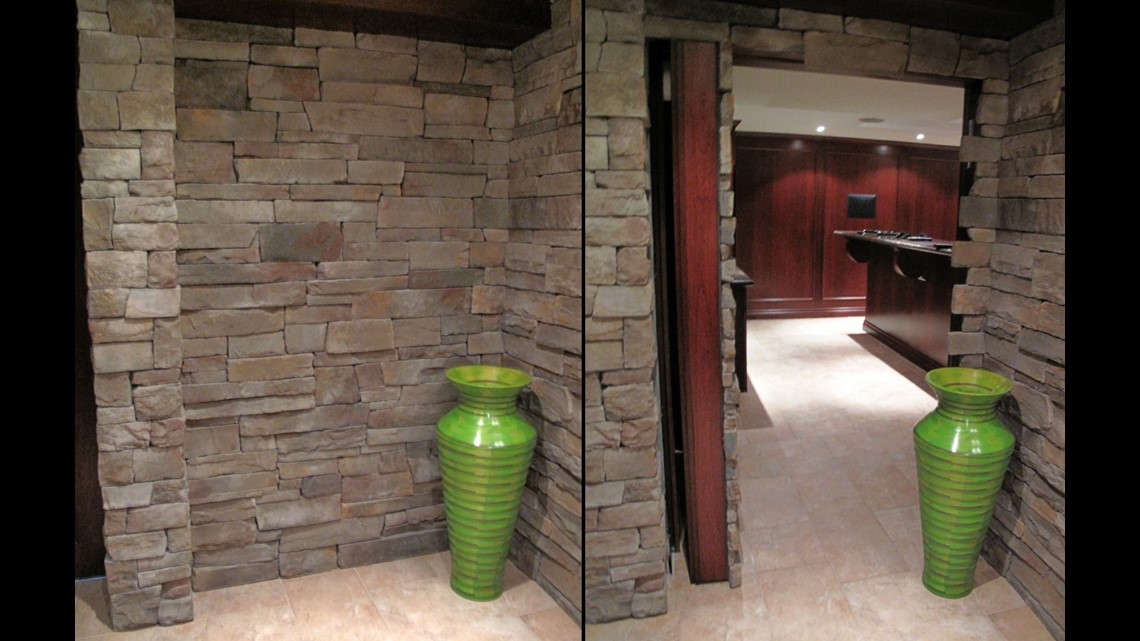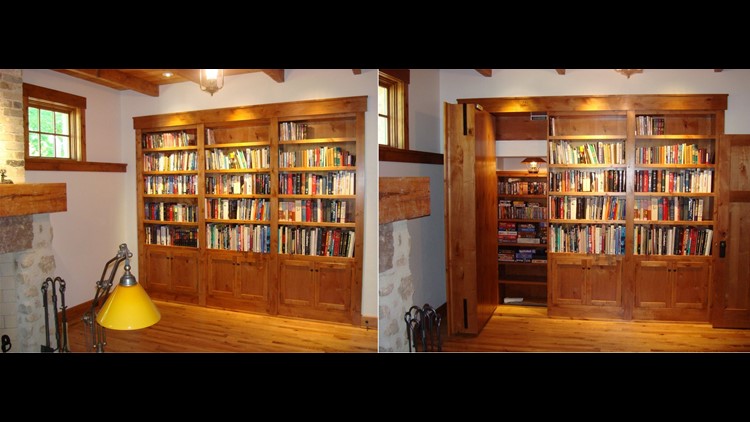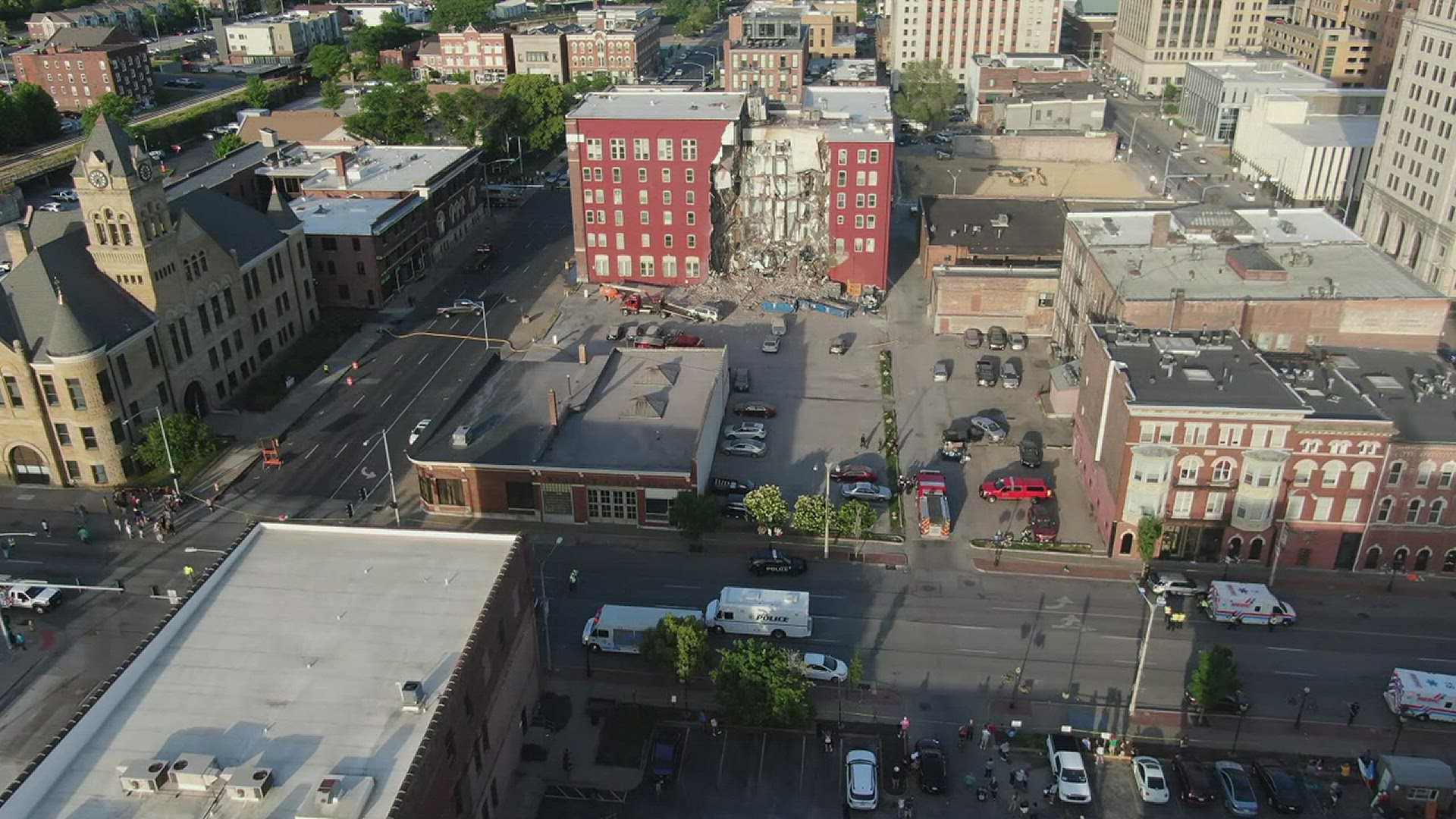

NEW YORK (CNNMoney) — If these walls could talk, oh, the secrets they could tell.
Builders are getting requests to create hidden rooms in private homes, to serve as home offices, reading rooms, home theaters, wine cellars, children’s play spaces or security zones.
“People are realizing they’re not just for the movies, anyone can have one,” said Steve Humble, president of Creative Home Engineering in Arizona.
His company designs and creates disguised entryways to hidden spaces — everything from stone walls that open up, armoires with a trap back door, and of course, the bookcase that unveils a concealed room.
Entry into a clandestine spaces can vary, including pulling off the homeowner’s favorite book from a shelf, touching the right spot on a wall, or even having to play the right series of notes on a piano or moving chess pieces in the right order to get a wall to move.
Humble said requests for incognito doors has increased in the past few years, and that the trend has shifted toward security recently. About 30% of his business is creating designs for high-security rooms, which can involve bullet- and soundproof doors, integrated alarm systems with surveillance and retina or finger scans.
Some ultra covert clients don’t want anyone knowing about a concealed room — even the people building it.
“Occasionally, there is someone who doesn’t want the contractor to know the secret,” said Humble. “The crews and professionals think the room is an ordinary room, then after they go, we place the secret door.”
Roddy De La Garza, a real estate agent in Dallas, is about to list a home with a secret media room, but he won’t publicly advertise the hidden space. The room will only be disclosed during walk throughs, in case a buyer wants to use it for more secure purposes, he explained.
Adding a custom secret room can be pricey, but it can also boost a home’s value when it increases square footage.
A simple bookcase that conceals a hidden room runs around $3,000 to $4,000, while a more shelter-like space could cost $10,000-$15,000, according to luxury home builder Greg Alford of Alford Homes in Texas.
Homes listed and sold that included a secret room from 2010-2014 in 48 markets had a median sale price of $409,400, well above the $235,000 for homes without a clandestine space, according to Redfin.
Wine cellars are also going underground — literally. The ground helps keep the cellars at the right temperatures and humidity levels for wine storage, according to U.K.-based Spiral Cellars.
The concrete spiral staircases that house the wine can either be disguised with a door that fits in with the existing floor, or shown off with a glass door. Customers are split pretty evenly with their door choice, said Lucy Hargreaves, director at Spiral Cellars.
The average cellar costs £25,000 (around $37,116) and takes no more than eight days to complete, according to Hargreaves.
Hidden spaces can also be used to protect other collectibles like a guitar or gun collection, to keep children’s play spaces out of sight or to create extra space in a smaller home.
Alford recently constructed a 10×15 walk-in gun vault with a hidden touch-open door that held 2,000 guns.
Architect John DeForest created a hidden room for a couple that wanted to maintain the intimate feel of their cabin, but also have space for when their kids stayed over. To fit the need, DeForest constructed a room behind a bookcase that not only adds what he calls a “gee whiz” factor, but about 225 square feet of space.
DeForest is currently designing a home for clients who requested a secret room — but that’s as far as the instructions went.
“They have little kids, it’s a fun secret. Now, every kid or grown up that goes and visits will have to figure out where the room is.”



